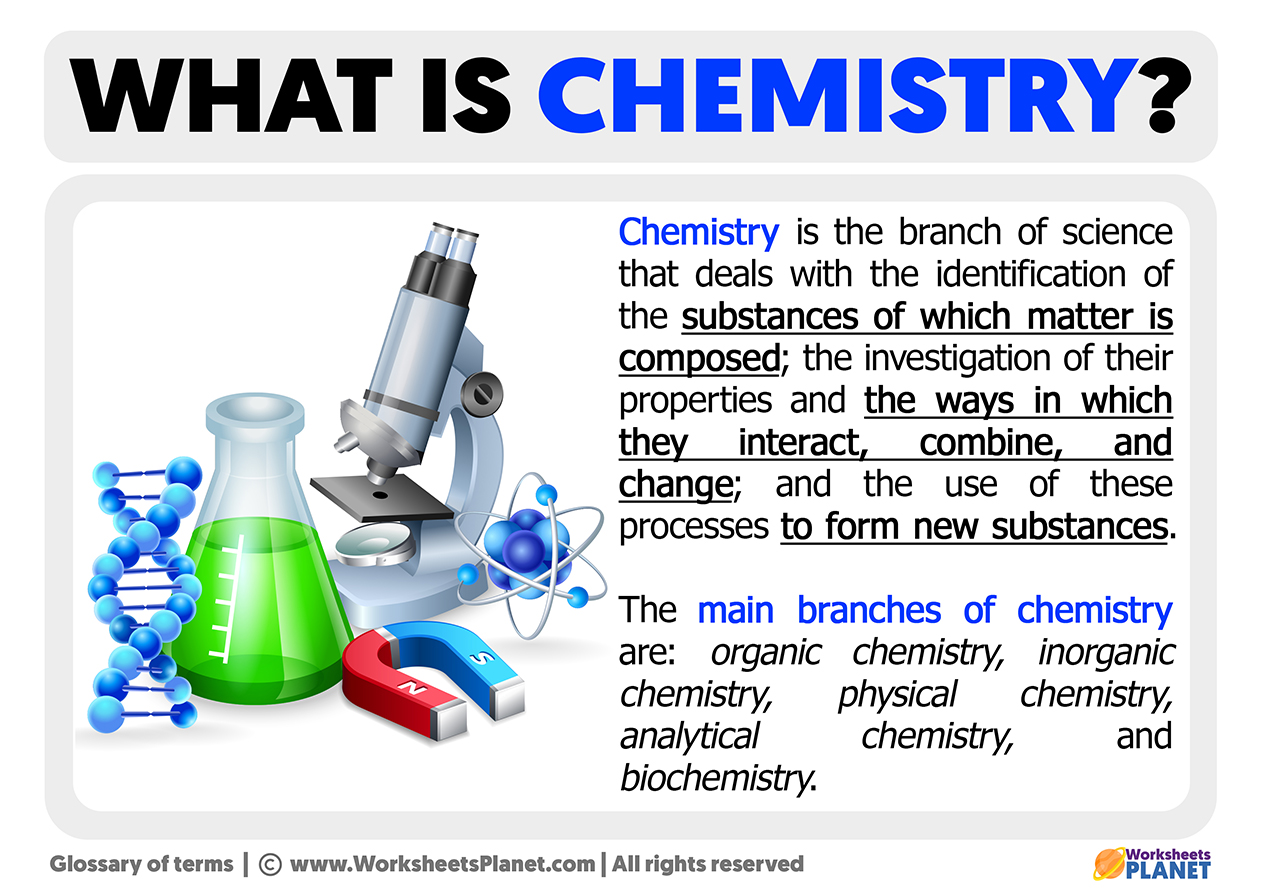Biomedical engineering, a harmonious confluence of biology, medicine, and engineering, serves as a testament to humanity’s relentless pursuit of knowledge to alleviate suffering and enhance quality of life. At the heart of this interdisciplinary field lies chemistry, often regarded as the “central science.” This title not only signifies its foundational role but also reflects the intricate dance it performs with biology and physics. In addressing the question, “Is chemistry a core subject in biomedical engineering?”, one must delve into the depths of its interdisciplinary nature, elucidating the multifaceted ways in which chemistry informs and enhances the practice of biomedical engineering.
To comprehend the pivotal role of chemistry within biomedical engineering, consider a symphony. Each instrument contributes its unique voice, yet together they create a harmonious melody. Chemistry, in this analogy, is akin to the violins, providing the foundational harmonies that undergird the complex interplay of melodies produced by various fields. Without a firm grasp of chemical principles, biomedical engineers would be ill-equipped to navigate the intricate networks of biological interactions and materials science that characterize their work.
One of the most salient aspects of biomedical engineering is the development of biomaterials. Here, chemistry serves as the architect, designating the properties required for materials to interact positively with biological systems. For instance, the synthesis and characterization of polymers used in drug delivery systems are grounded in chemical principles. These materials must exhibit biocompatibility, a characteristic derived from a thorough understanding of chemical interactions at a molecular level. The choice of materials, their degradation rates, and the means by which they release therapeutic agents are all intricately linked to their chemical composition and behaviors.
Furthermore, the nuances of chemical reactivity play a vital role in the realm of pharmacology, a sub-discipline that frequently intersects with biomedical engineering. A biomedical engineer must not only comprehend how a drug interacts with the body but also the biochemical pathways it traverses. This understanding hinges on chemical knowledge—specifically, the ability to analyze molecular structures and predict interactions with target receptors. Enzymatic reactions, receptor binding, and signal transduction pathways are phenomena that are deeply rooted in chemistry, demonstrating the inseparable bond between this discipline and biomedical engineering.
Equally important is the role of analytical chemistry in the realm of diagnostics. Instruments such as mass spectrometers and chromatographs, which are staples in clinical laboratories, enable engineers to develop and refine diagnostic tools. These tools facilitate the detection of diseases at molecular levels, allowing for earlier interventions and improved patient outcomes. The meticulous calibration of these instruments and the interpretation of their data draw heavily upon chemical principles and methodologies. Thus, the engineer’s ability to innovate in this space is inherently linked to their command of chemistry.
The biochemical manipulation of living organisms, known as biotechnology, is yet another testament to the profound impact of chemistry on biomedical engineering. Advances in genetic engineering, for instance, are predicated on a refined understanding of chemical processes such as DNA replication and protein synthesis. Techniques like CRISPR-Cas9, which allow for precise gene editing, hinge upon the intricate machinations of chemical interactions. This burgeoning field exemplifies how foundational chemistry is to the real-world applications of biomedical engineering and its ability to transform healthcare.
Moreover, chemistry informs the development of medical imaging technologies. Techniques like magnetic resonance imaging (MRI) and positron emission tomography (PET) rely on agents that interact with biological tissues in specific chemical manners. The design and selection of these imaging agents necessitate a comprehensive understanding of their chemical properties, biocompatibility, and interactions with the body. As such, biomedical engineers must leverage their chemistry knowledge to innovate and enhance imaging modalities, further establishing chemistry as a core element of this discipline.
Despite the prominent role of chemistry in biomedical engineering, one must acknowledge the inevitable complexity this relationship entails. The ever-expanding body of knowledge necessitates continual learning and adaptation. The interplay between various scientific domains can sometimes lead to challenges, particularly in the communication and collaborative processes among professionals from different backgrounds. Nevertheless, it is precisely in the embrace of these challenges that the true potential of biomedical engineering can flourish.
In conclusion, the question of whether chemistry is a core subject in biomedical engineering yields a resounding affirmation. It is the bedrock upon which the edifice of this multifaceted field stands. Whether through the lens of biomaterials, pharmacology, diagnostics, biotechnology, or medical imaging, the influence of chemistry is omnipresent, and its implications are far-reaching. As the symphony of biomedical engineering evolves, chemistry will undoubtedly continue to play a pivotal role, ensuring that the melody of innovation resonates for generations to come. In evoking the intricate interplay between these sciences, we unveil the unique and compelling narrative of how chemistry shapes the future of healthcare and biomedical engineering.










